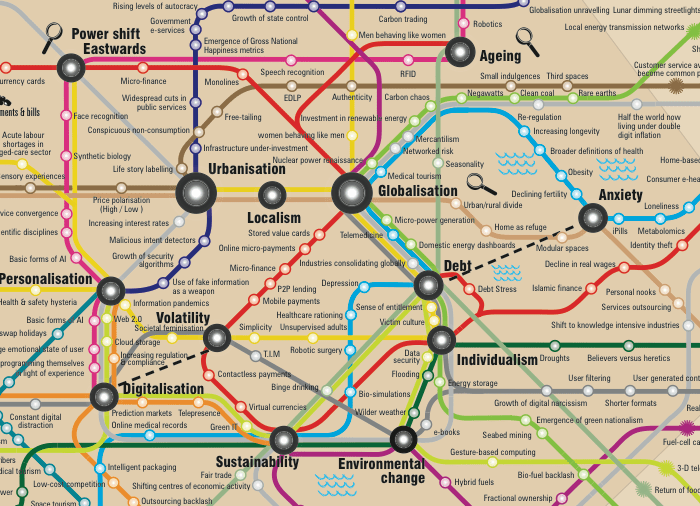Calendar pages for January, Hours of Joanna of Castile, Bruges, between 1496 and 1506, Additional 18852, ff. 1v-2
Another year and another set of calendars!
I have always enjoyed choosing the ‘right’ calendars to see me through another year, and now I also enjoy making my calendars from previous year’s holiday pics using iPhoto.
Calendars are part of our cultural and artistic history, and well worth exploration. Calendars with illuminations and other miniatures are often found in manuscripts from the medieval era, and particularly in Books of Hours or other texts intended for individual owners. The Book of Hours often begins with a calendar, with the entry for each month spread across two folios. The listings of saints days and feast days are surrounded by intricate miniatures depicting a variety of labours for each month.
The most significant feasts or celebrations are often written in gold or red ink (hence the phrase ‘red letter days’). Along with listing these important dates, many medieval calendars (particularly later ones) include a miniature of the relevant sign of the zodiac, as well as a scene of the ‘labour of the month.’
In an ongoing series on the Medieval and Earlier Manuscripts blog, you will have the opportunity to take a closer look at images from medieval calendars. This year, the featured calendar comes from the ‘Golf Book’, a mid-sixteenth-century Book of Hours (Additional MS 24098; soon to be featured on Digitised Manuscripts). The calendar pages in the Golf Book are spread across two pages, with the first page for each month somewhat unusually reserved for a full-page miniature. In the foreground of the opening January scene (above) is a man splitting wood for a fire, assisted by a woman close by. Behind them a man and his wife, who is nursing an infant, can be seen in their home, warming themselves by the fire.
Calendar page for January, from the Golf Book (Book of Hours, Use of Rome), workshop of Simon Bening, Netherlands (Bruges), c. 1540, Additional MS 24098, f. 18v
For me, there is a direct link between calendars, libraries, and medieval manuscripts such as the Book of Hours! My very first library clerical job was as part of the small library team in the Rare Book and Special Collections Library at the University of Sydney. My desk seemed to be buried amongst rare treasures. A wonderful acquisition that was much treasured was just meters away, along with items as diverse as Norman Lindsay manuscripts and old scholarly dissertations.
 But I’ve never forgotten the beauty of the Book of Hours. Use of Paris. Paris. Circa 1460-1465.
But I’ve never forgotten the beauty of the Book of Hours. Use of Paris. Paris. Circa 1460-1465.
This richly decorated manuscript of personal prayers, psalms and recitations with accompanying illustrations taken from the Christmas story with a total of some seventeen miniatures seems now to mark the beginning of a long life associated with books, libraries, and the preservation of culture, knowledge and ideas.
We mark time with calendars. We prepare with calendars. I hope our calendars in 2013 are filled with the beauty and promise that befits who we are and what we should strive to be.
Happy New Year!

 I wonder how many classrooms in Australia will spend time this week talking about, reviewing and learning about the impact of earthquakes and tsunami on countries and people?
I wonder how many classrooms in Australia will spend time this week talking about, reviewing and learning about the impact of earthquakes and tsunami on countries and people?








 The
The  Here’s a really interesting opportunity for some visual literacy and historical analysis work with your history students!
Here’s a really interesting opportunity for some visual literacy and historical analysis work with your history students! So Flickr has launched a new tagging initiative called
So Flickr has launched a new tagging initiative called 
